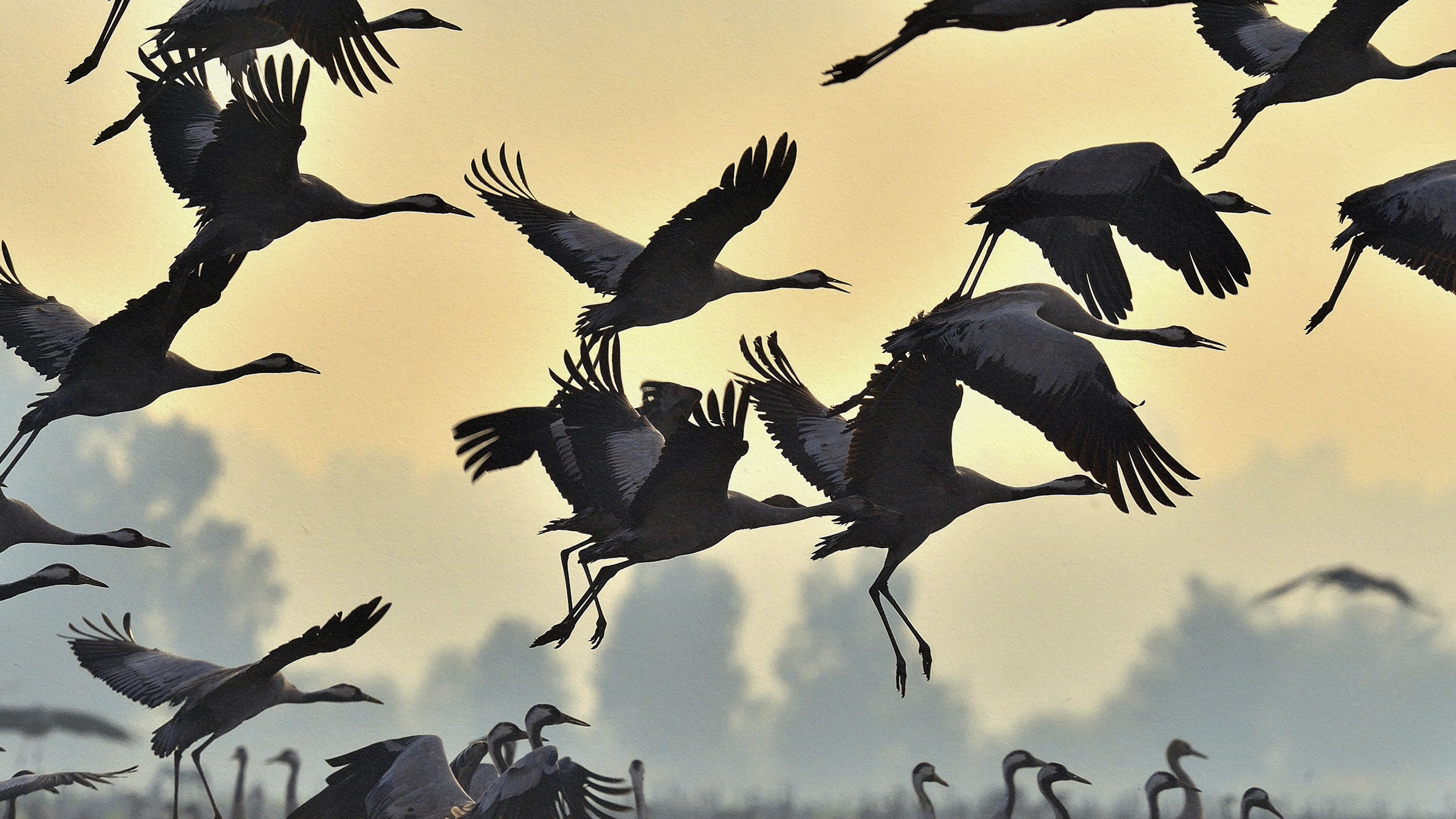Crows use statistical inference to make informed decisions

- New research shows that crows use statistical inference — typically considered a human trait — to make decisions based on context and experience.
- The crows understood the “game” immediately and remembered the rules a month later.
- These clever birds can also recognize faces and make tools.
Every day, we rely on our past experiences to make informed decisions. When we’re stuck in traffic, we quickly debate changing routes, recalling important information like the day of the week, time, and past traffic conditions. We use this information to determine which route is likely to be less congested at that moment.
This thought process is an example of “statistical inference,” in which we draw conclusions based on previous data. Scientists once believed that using statistical inference for decision-making was an exclusively human trait, akin to language. However, recent research challenges this notion by showing that crows exhibit impressive reasoning skills based on statistical inference.
The researchers, from the University of Tübingen in Germany, demonstrate that these birds can grasp how one choice may be optimal in one context but not in another — a bit like how one traffic route might be the go-to choice on a Monday, but not on a Saturday. They published their findings in the journal Current Biology.
Counting crows
The researchers trained two carrion crows to associate nine shapes with a probability of receiving food (from 10% to 90%). When the image appeared on a screen and the crow responded by pecking at it, the researchers rewarded the crow according to the associated probability. For example, if a crow pecked at an image of a cross that was assigned “20% probability,” the researchers would give it food 20% of the time.
Then, the task got trickier. Instead of flashing one symbol, two would appear on the screen. Now, the crow had to choose which image to respond to — and they had eight seconds to do it. If the crows used true statistical inference, the researchers expected them to peck at the shape with the highest probability of a reward. For example, if the cross image (assigned a 20% probability) appeared with another shape (like a square) assigned a 50% probability, the crow should pick the square.
However, if the 20% cross appeared with a shape associated with a 10% probability of reward, the cross is the better choice.
If the crows were pecking randomly and not making informed decisions, we would expect them to make the right choice 50% of the time. Instead, both crows selected the optimal shape 76% of the time. Furthermore, the crows seemed to understand the “game” immediately. Over the course of about 5,000 trials, their performances did not improve. They also easily retained the information; they kept up their performance a month later, without any reminders or additional training.
The crows were also better at making the right choice when the difference in probabilities between the options was larger. For example, when faced with a choice between a 50% and 10% chance of reward, they performed better than when the probabilities were closer, like 50% versus 40%. This finding suggests that they found it easier to understand extreme probabilities.
Statistical wizards
The researchers went a step further to understand how the crows made decisions. They wanted to figure out if the crows were simply picking the shape that had given them rewards the most times throughout the experiment (absolute frequency) or if they were thinking about the chance of getting a reward compared with the other choice (relative frequency).
To explore this idea, the researchers introduced two new stimuli in a second experiment: one associated with an 80% probability of receiving a reward and another with a 40% probability. During their training, the researchers showed the crows the choice with a 40% chance of getting a reward twice as often as the choice with an 80% chance. This setup made it such that if the crows always picked the 40% option, they would get the same number of rewards as if they had always picked the 80% option.
During the test, both crows consistently chose the 80% option, indicating their ability to compare probabilities rather than simply focusing on reward frequency.
Smarter than the average bird
It doesn’t end with statistical prowess. Crows can recognize faces and hassle scientists who had captured them for research in the past. They also create tools, like making “hooks” out of sticks to forage and then storing them carefully for later reuse. When a crow turns its eye toward you, it is not simply looking; it is also calculating.





